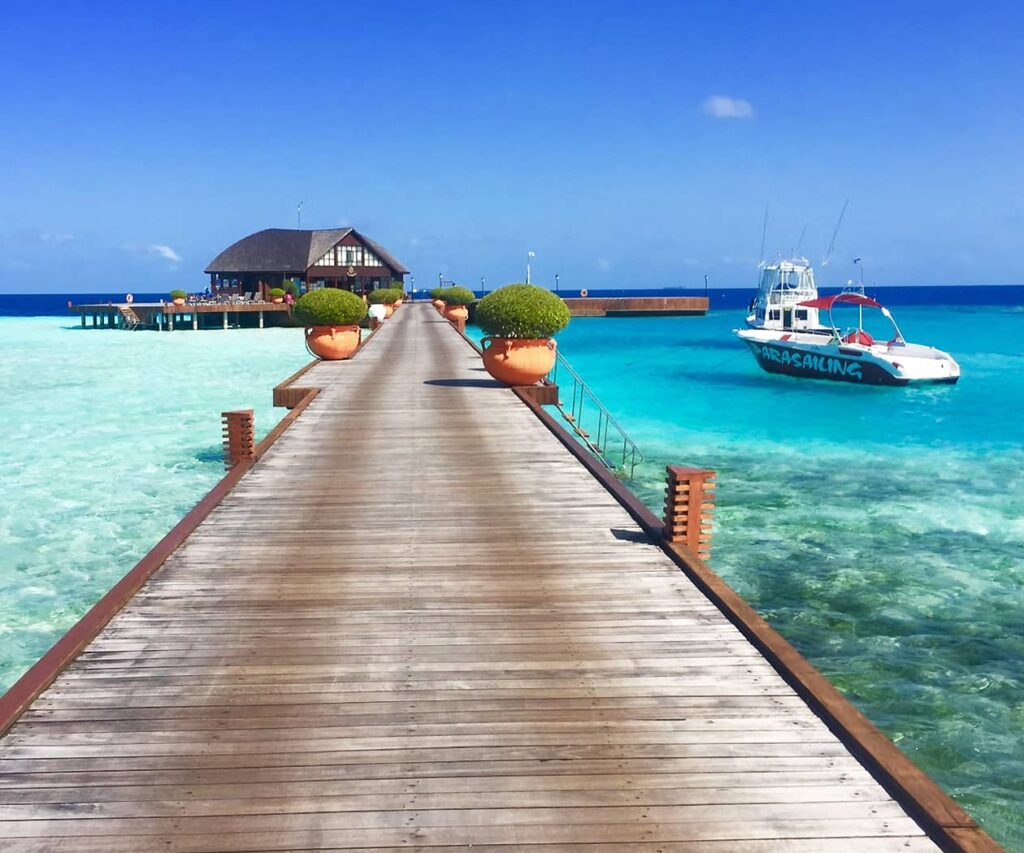

Discover Weed in Tela: A Human-Readable Guide
Tela, a small Caribbean gem on the north coast of Honduras, is known for its turquoise waters, white sandy beaches, Garifuna culture, and natural beauty. Tourists and locals flock here to enjoy the laid-back coastal lifestyle, explore national parks like Jeannette Kawas, or savor fresh seafood. But for some, curiosity about cannabis also arises: what is it like to discover weed in Tela?
This article provides a clear, human-readable overview of Tela’s cannabis reality—covering laws, culture, availability, risks, and alternatives—so readers can make informed and safe decisions.
1. Cannabis Laws in Tela
The first and most important thing to know: cannabis is illegal in Honduras, including in Tela.
- Possession: Even carrying a small amount can get you arrested.
- Consumption: Public or private use is prohibited.
- Sale and trafficking: Harsh penalties apply, often leading to long prison terms.
- Medical use: Honduras does not have a legal framework for medical cannabis.
Police presence in Tela is noticeable, especially in tourist areas, bus stations, and around nightlife zones. Enforcement can vary, but the law is clear—any connection with cannabis carries serious risks.
2. Cannabis Culture in Tela
Although illegal, cannabis exists in Tela, mostly in underground social circles.
- Garifuna influence: Tela is home to Garifuna communities, known for their music, dance, and traditions. Cannabis sometimes finds its way into gatherings, though quietly.
- Youth circles: Younger generations are more open to cannabis, often experimenting at private parties or beach hangouts.
- Tourist impact: Some travelers ask about weed, but locals usually remain cautious because of the legal risks.
- Conservatism: Many Hondurans, especially older generations, see cannabis use as taboo or linked to crime.
This creates a contrast: weed exists in Tela, but in hidden corners rather than openly.
3. Where Weed Circulates in Tela
Weed in Tela isn’t found in stores or dispensaries—it circulates through informal networks:
- Local connections: Friends or acquaintances are the safest way for residents to access cannabis.
- Beach areas: In tourist-heavy zones, whispers of “ganja” may be heard, but this often comes with risks of scams or police traps.
- Private parties: Cannabis appears in small gatherings, especially among youth.
- Rural communities: Some cultivation happens in isolated areas, though usually on a very small scale.
For outsiders, cannabis isn’t easily available, and trying to buy on the street is risky.
4. Types of Weed in Tela
Cannabis in Tela typically comes in two forms:
- Pressed weed (mota prensada): The most common, imported or compacted for transport. Quality is often low, harsh, and inconsistent.
- Local buds: Fresher, small-scale crops grown nearby may circulate in private circles. Usually better than pressed weed but harder to find.
- Other forms (hash, oils, edibles): Rare in Tela, mostly found in major cities like Tegucigalpa or San Pedro Sula, not small coastal towns.
Overall, cannabis quality in Tela is unpredictable.
5. How People Consume Weed in Tela
Cannabis use in Tela is discreet. Common methods include:
- Joints: Rolled simply with paper, often mixed with tobacco.
- Small pipes: Sometimes improvised, especially in private gatherings.
- Beach hangouts: Some groups smoke casually at night by the water, though never openly.
Public smoking is very rare, as police attention is a real threat.
6. The Risks of Discovering Weed in Tela
Exploring cannabis in Tela comes with significant risks:
- Legal consequences: Arrests, jail time, or fines are possible even for small amounts.
- Police corruption: Some officers may ask for bribes if you’re caught with cannabis.
- Scams: Street offers are risky—tourists may be sold fake weed or lured into dangerous situations.
- Poor quality: Weed may be old, contaminated, or unpleasant to smoke.
- Social stigma: In conservative communities, being seen with weed can harm your reputation.
For tourists especially, the risks outweigh the benefits.
7. Alternatives to Weed in Tela
Instead of taking risks with cannabis, Tela offers plenty of legal and enjoyable ways to relax:
- The beaches: Relax at Playa Central, Miami Beach, or the more secluded beaches in nearby Garifuna villages.
- Jeannette Kawas National Park: Explore lush jungles, mangroves, and wildlife.
- Punta Sal: A boat ride away, perfect for snorkeling, hiking, and spotting dolphins.
- Garifuna culture: Enjoy traditional drumming, dancing, and delicious cuisine like hudut (fish in coconut milk with plantains).
- Seafood feasts: Freshly caught fish, lobster, and shrimp are a highlight of Tela’s dining scene.
These experiences offer natural relaxation and cultural richness without legal risks.
8. Advice for Visitors Curious About Weed in Tela
If you’re traveling to Tela and wondering about cannabis, here are some key points:
- Don’t buy on the street: It’s unsafe and often a scam.
- Respect local laws: Even a small amount can land you in serious trouble.
- Stay discreet: Cannabis use is not culturally accepted in public.
- Focus on the beach lifestyle: The natural environment offers plenty of relaxation on its own.
- Be cautious with strangers: If someone approaches offering weed, it’s often a red flag.
For both visitors and expats, it’s safest to avoid cannabis entirely while in Tela.
9. The Future of Cannabis in Honduras
Will things change in Tela and the rest of Honduras?
- Legal reforms: Currently, Honduras shows no serious movement toward cannabis legalization.
- Medical use: Discussions are minimal, though global trends could influence future policy.
- Public opinion: Young people are more open, but conservative views still dominate.
- Regional influence: Neighboring countries and states in the U.S. may eventually inspire change.
For now, Tela remains firmly under prohibition.
10. Final Thoughts
Tela is a beautiful Caribbean destination where sun, sea, and Garifuna culture shine brightest. While cannabis exists in the background, it is illegal, risky, and underground. Discovering weed in Tela means entering a world of uncertainty—poor quality products, scams, police attention, and cultural stigma.
Instead of focusing on cannabis, visitors can enjoy the beaches, fresh seafood, national parks, and vibrant local traditions that make Tela special.
Bottom line: Weed in Tela is not worth the risk. The city’s charm lies in its natural beauty, warm people, and cultural richness—not in its underground cannabis scene.

Would you like me to also create one for La Ceiba—since it’s another Caribbean hub with a stronger cannabis presence due to tourism and Garifuna culture?

Just love this dude Explorer. Keep up with the good work. Excellent customer service. He goes above and beyond to make sure the order is right, help and support if anything goes wrong.
It was hard to find a reliable plug but finally Explorer showed up and gained my trust. Definitely he is the way out and hands down the best.@ https://t.me/explorerbud
I have been ordering from EXPLORER you can email him Explorerbud1@gmail.com over a year now and every single experience has been five stars.
Quality customer service combined with an incredible selection of nothing but Top shelf strains. The weed is amazing from the taste, looks and smell.
Give these guy a try and see for yourself why he is the best👌
I contacted EXPLORER on his telegram and due to security reasons he requested crypto payments or GIFTCARD which i paid using bitcoin
about 30minutes later my dope was dropped at my requested location
great guy!!!
i highly recommend
i was scared when he told me that he doesnt accept cash because i thought he is one of those idiots who took advantages of people but i decided to give him a try by making the payment first using bitcoin , surprisingly he arrived within the time he promised me and i received what i ordered. thank you EXPLORER whenever i return here you will always be my plug without doubt.
EXPLORER is the one Super responsive, on time and the weed is absolute fire. The strains are seriously on point.
Best service Ive found by far, won’t be using anything else unless I find a reason too, I paid using bitcoin and he delivered thanks Explorerbud1@gmail.com
If you are getting from elsewhere then you need to switch. The great pricing attracted me, but the hospitality of EXPLORER, the quality of weed ( dried and completely cured nugs), the fast delivery and the freebies made this experience amazing.
Will definitely come back for sure and I will be a long time customer thanks EXPLORER
I was here for a long time and after so many failed attempts at getting WEED, the valet at my hotel introduced me to EXPLORER. He sells the best quality WEED around here . You can reach him on telegram very fast https://t.me/explorerbud and he will get you the best quality without any hassle . Thanks to him , we are having the time of our lives here.
Get some good THC weed from EXPLORER and thank me later.
Everytime I order, I get excited not only for his TOP NOTCH PRODUCTS, but his amazing customer service.
From the time I start my text, to when my weed arrives, Explorer makes every encounter fast, friendly and SO AFFORDABLE. He works with you to get what you need.
Thank you Explorer for been so good to me everytime.